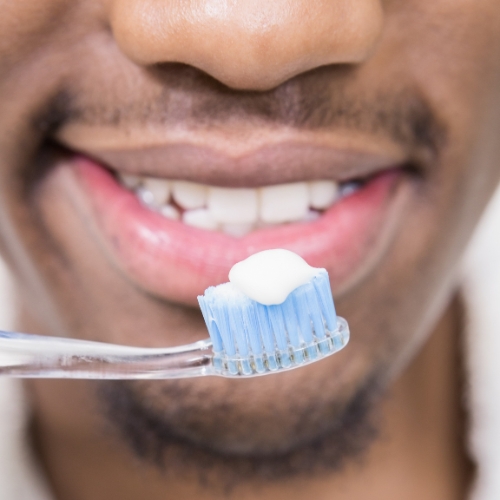Key points from article :
Organoids have now been created from stem cells to secrete proteins that form dental enamel.
Enamel is made during tooth formation by cells called amelobasts, which die off when tooth formation is complete.
Researchers used single-cell combinatorial indexing RNA sequencing (sci-RNA-seq) to reveal active genes at different stages of a cell’s development.
A computer program (Monocle) was used to make a blueprint of gene activities needed to build ameloblasts from undifferentiated stem cells.
Stem cells were then exposed to chemical signals that activate genes in a sequence mimicking the sci-RNA-seq data.
Identified another cell type called subodontoblast, a progenitor of odontoblasts that are crucial for tooth formation.
Found that these cell types could be induced to form small, three-dimensional, multicellular mini-organs.
Self-organized into structures similar to human teeth and secreted 3 enamel proteins: ameloblastin, amelogenin and enamelin.
These proteins would then form a matrix, which is essential for forming enamel with the requisite hardness.
Research team now hopes to make durable enamel and develop ways to restore damaged teeth.
One approach would be to create enamel in the laboratory, and another would be to create “living fillings”.
“This may finally be the 'Century of Living Fillings’ and human regenerative dentistry in general,” predicts Ruohola-Baker, lead author.
Study by University of Washington, published in the journal Developmental Cell.







